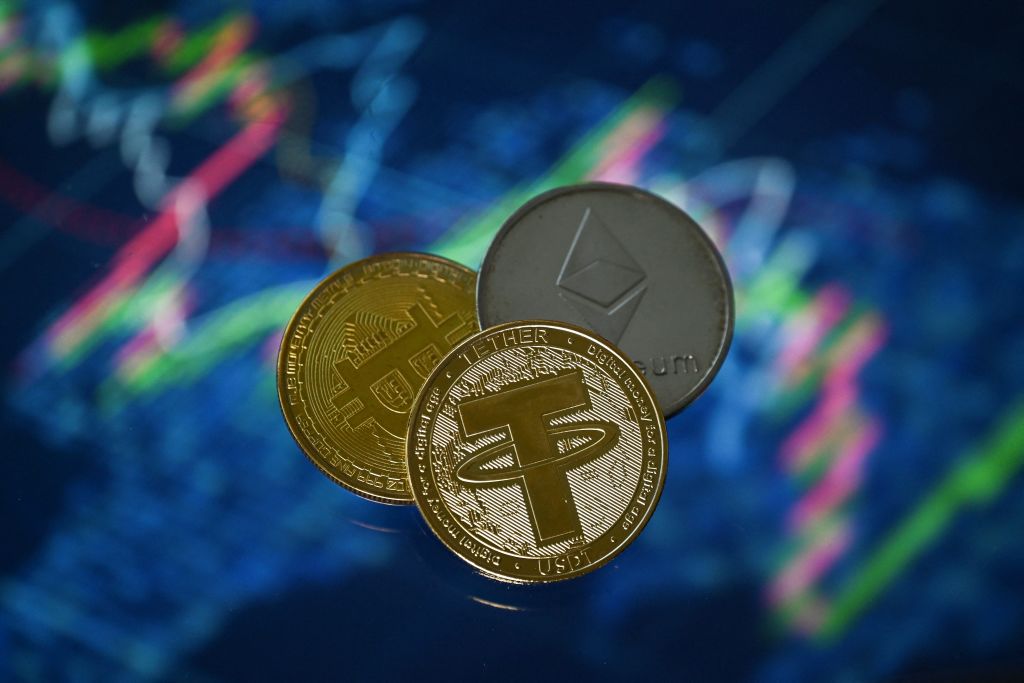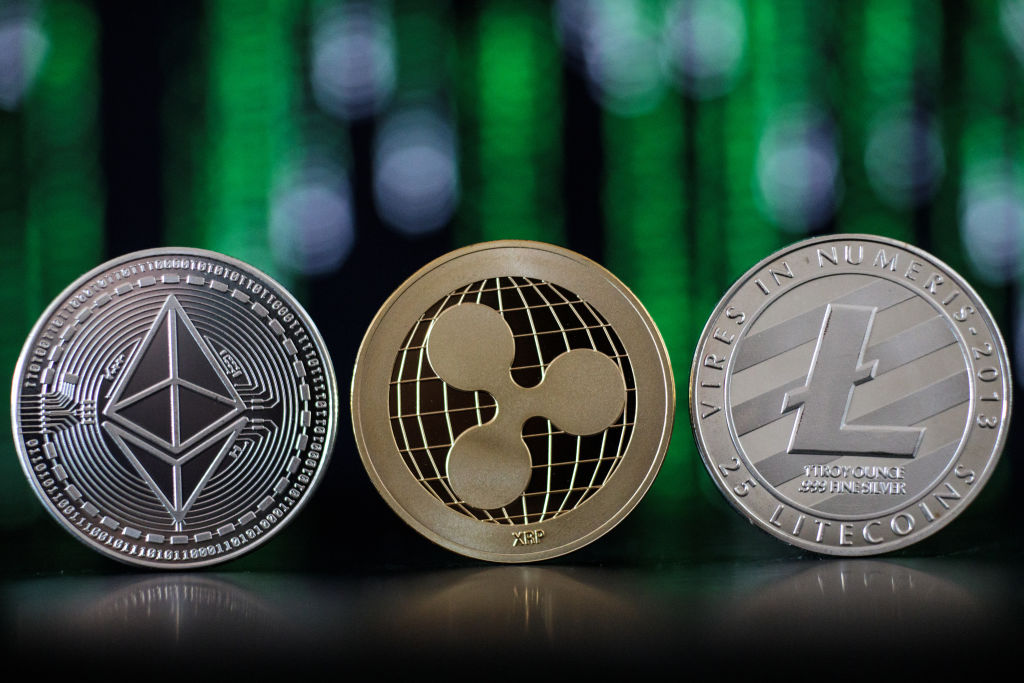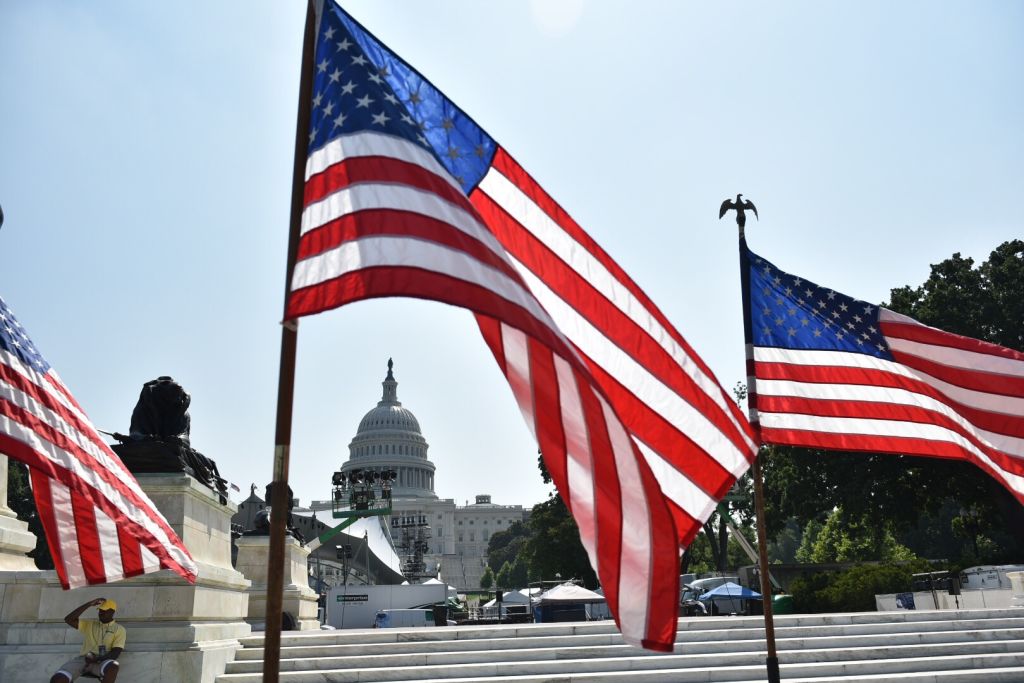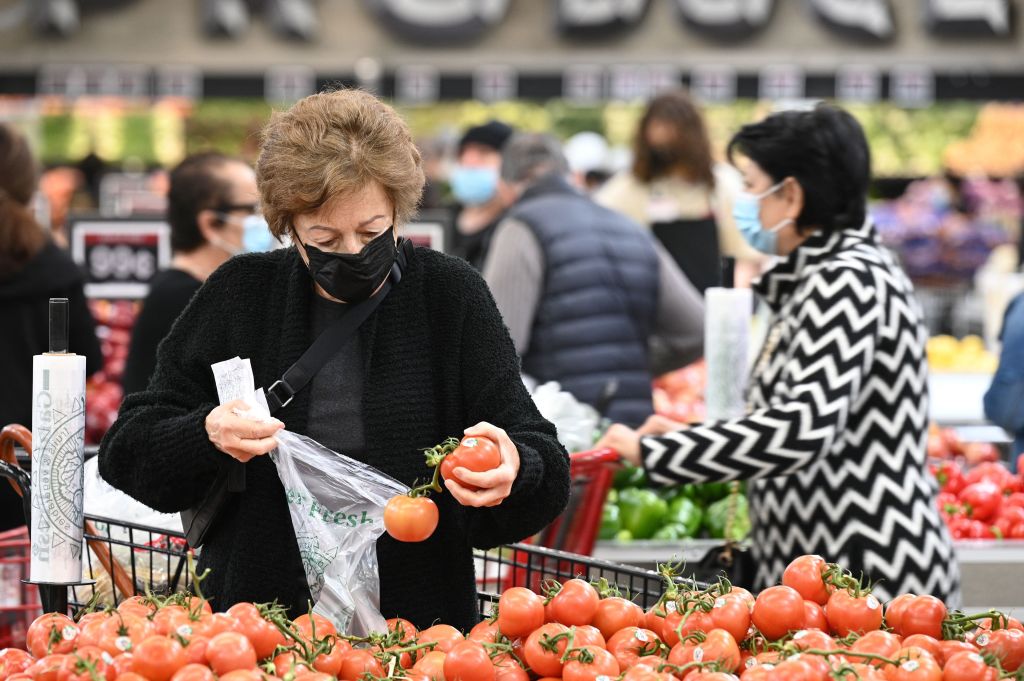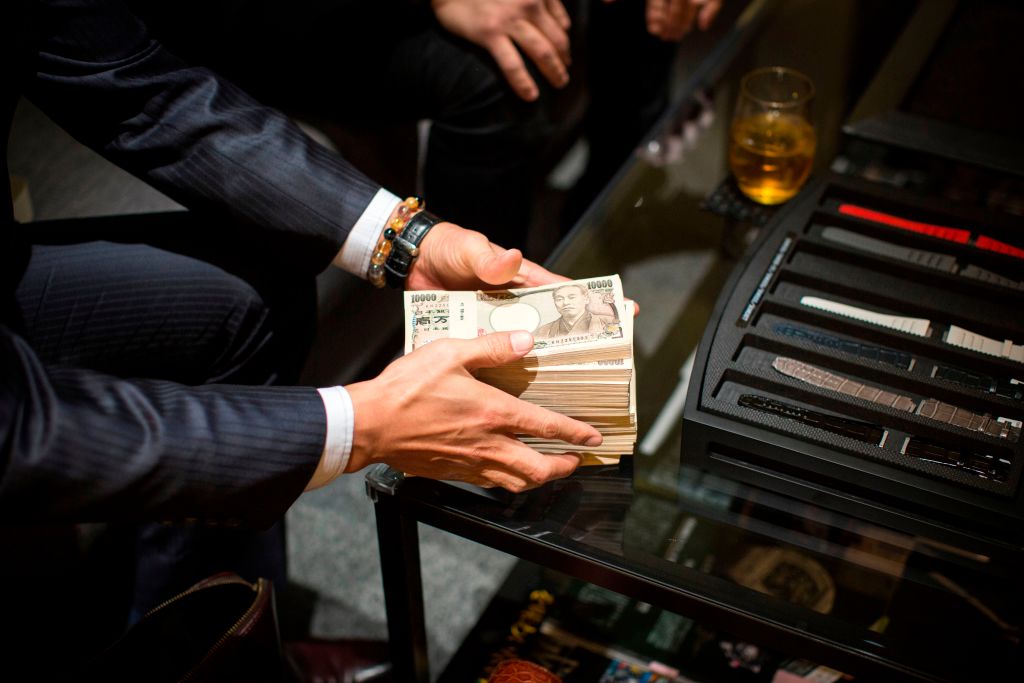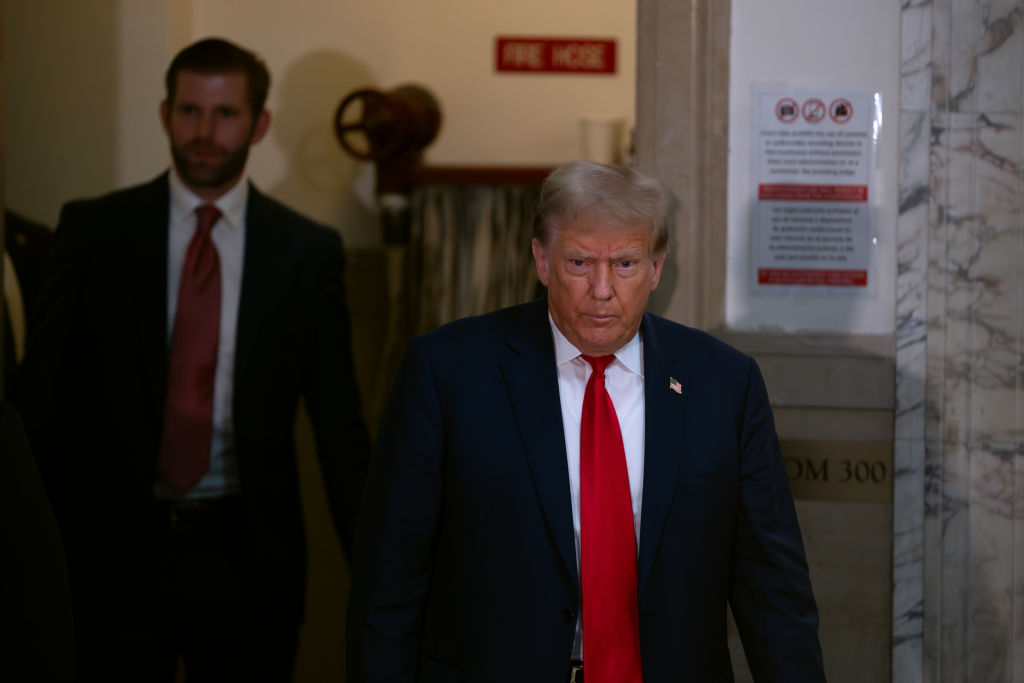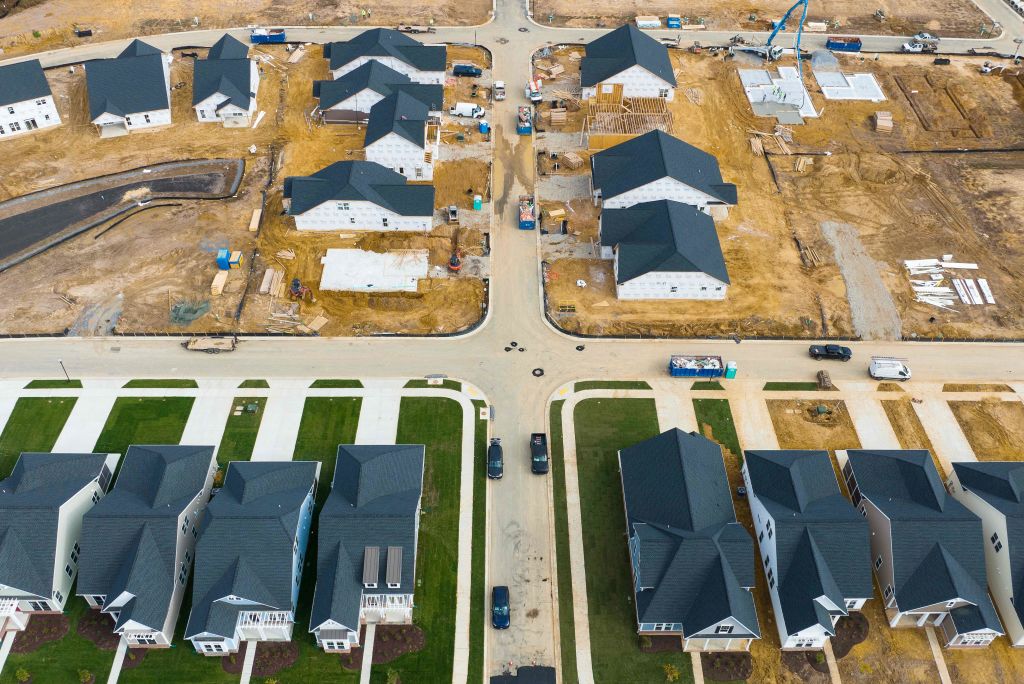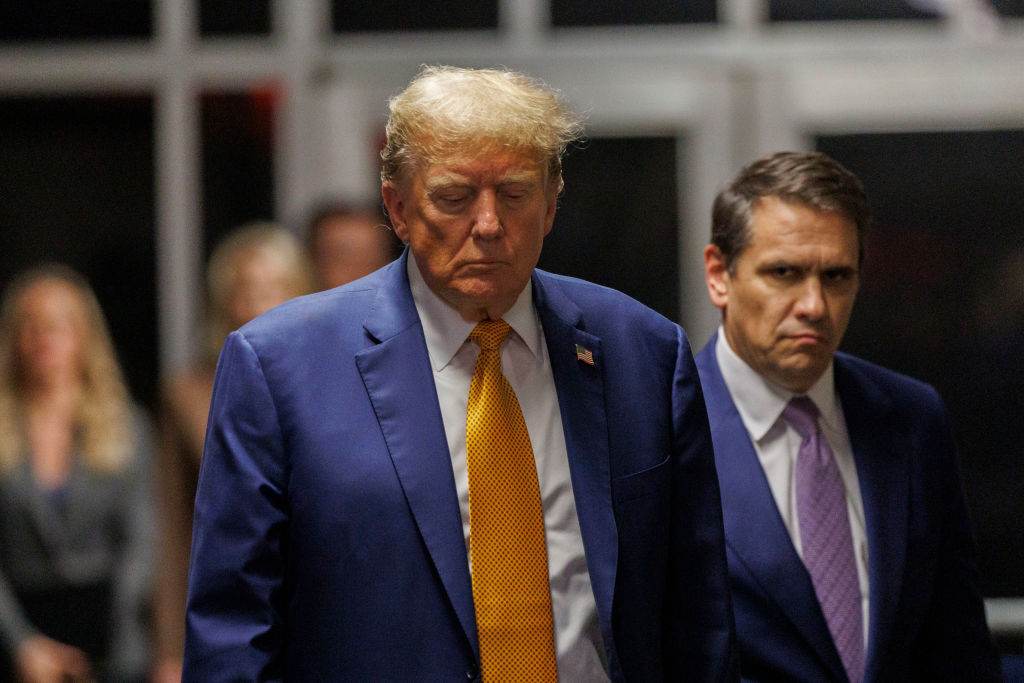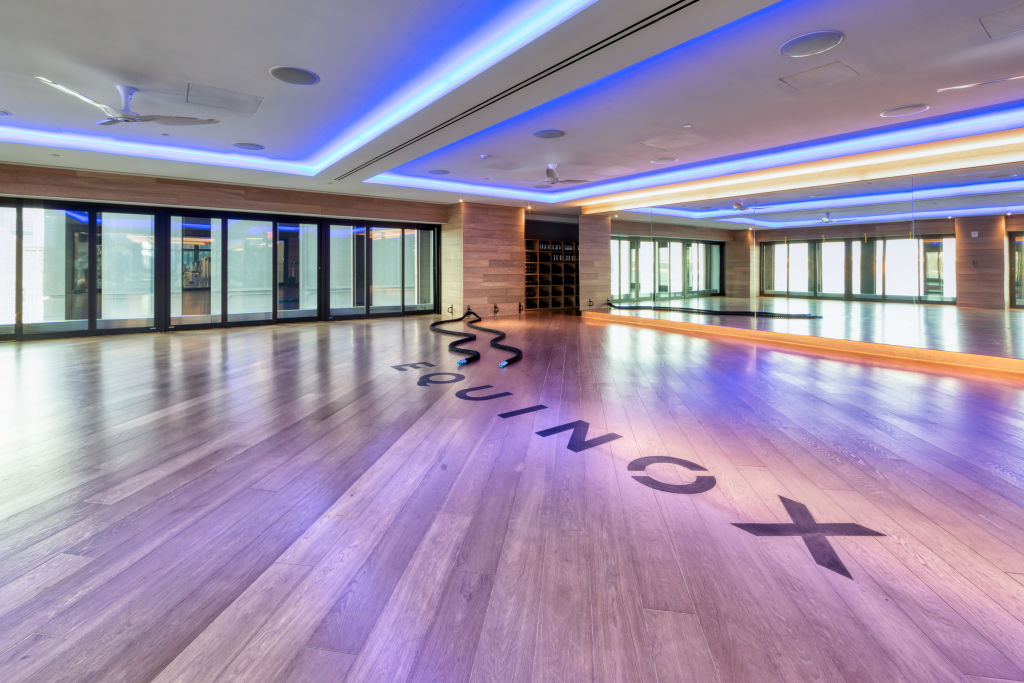Crisis-hit Puerto Rico takes up VAT route to shore up revenues
The debt-ridden Island Puerto Rico has opted for value-added tax (VAT) as a measure to enhance revenues for the government. The new VAT structure will come into force starting1 April 2016.
VAT will replace the existing the 10.5 percent commonwealth tax in the Puerto Rico territory. The move is viewed as a pre-ground clearance for the multi-billion stimulus plan for the island economy with $72-billion debt burden.
This is for the first time VAT will be introduced on the Island. Barring the US and Saudi Arabia, VAT is being implemented in most of the world. As part of the new tax structure, the VAT will be levied on imports of the manufacturing industry in the Island.
So far, importing raw materials, etc, by manufacturing industry is exempt from tax. The manufacturing sector contributes about 46 percent to the Island's gross domestic product (GDP).
Spain ceded the island to the US under the terms of the Treaty of Paris in 1898. The Puerto Rico is an unincorporated territory of the US and operates under a local constitution and citizens elect a governor.
Alejandro Garcia Padilla is the 11th governor of Commonwealth of Puerto Rico. Padilla has prepared a revival plan to restructure $47bn of the total $72-bn debt to be executed under an independent financial control board. The VAT implementation is a step towards this.
The financial crisis-hit island economy is aiming for a stimulus plan to revive the economy. As part of this, it's decided to implement VAT. Economists hold views that will it be a harbinger of other measures to landfall on the island. It depends upon how the things shape up in Puerto Rico in the days to come.
From April next year onwards, Puerto Rico will have 10.5 percent VAT in place. Under Puerto Rico's VAT law, there's provision of zero tax on many goods including raw materials, equipment, machinery, etc, being imported by the manufacturing industry.
In general, there should be a tax on import goods used in manufacturing industry in the VAT structure. The Island's VAT is a bit different from general tax structure making a kind of hybrid of traditional and VAT structures.
This customized VAT has been designed to protect the manufacturing industry, which is lifeblood of the Island economy. The special status is being given to the manufacturing industry as part of Puerto Rico's tax laws.
All eyes on how the implementation of VAT takes place in Puerto Rico, which exempted the manufacturing industry from tax on imports. The Island has been very cautious that it ensures manufacturing industry is not burdened while facilitating the tax structure to make way for the $1.5bn revival plan.
The US territory island recorded growth in general fund revenues by $109.4million in August to $550mn. The rise in foreign excise tax and sales tax propelled the revenues to soar during the last month. Sales and Use tax revenues reached to $190.7mn in August registering a rise of $22.2mn beating the forecast.
Alejandro Garcia, the governor of Puerto Rico, promulgated in May a new law on sales tax hike increasing from seven percent to 11.5 percent. The new tax rate includes 10.5 percent state rate and one percent municipal rate.
After a series of prolonged brainstorming sessions, Puerto Rico has opted for sales tax increase. This move mainly aimed at generating more revenues for the government to bring the economy out of the crisis. The new sales tax is considered to be highest in any state in the US.
The tax hike is expected to generate $1.2bn in revenues and giving much-needed support to the economy, which has been facing recession for the past eight years. The public debt amounted to $72bn. If stimulus plan is accorded, Puerto Rico can access financial markets to raise $2.95bn by issuing bonds.

